Do you remember the Rooftop solar scheme (Suryoday Yojna) announced by our honorable PM during the inauguration of the Ram Temple in Ayodhya? Soon after that, our Finance Minister announced the Surya Ghar Yojna!
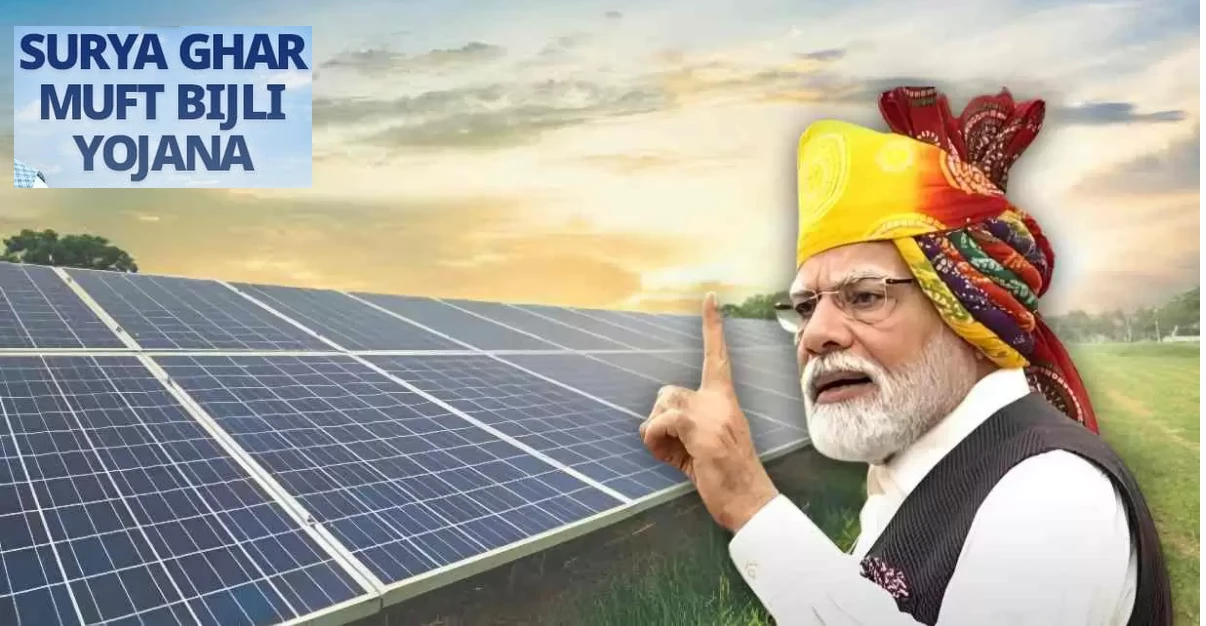
The former scheme encourages Indians to install solar panels on their rooftops while the latter offers 300 units of free electricity to the one crore houses on which rooftop panels will be installed.
Looks like the Indian govt is working quite hard to utilize the solar energy! What is the story behind it? You ask. Can India’s Surya Ghar Yojna really make it the solar power?
Let’s find out!
(A) The Story Behind Surya Ghar Yojna
Right after the grand opening of the Ram temple in Ayodhya, Prime Minister Narendra Modi shared some exciting news. He introduced the Suryodaya Yojana, a plan to install solar panels on rooftops for the country’s poor and middle-class families. Guess what? Around one crore families are going to benefit from this scheme!
Note: We have already explained the Rooftop Solar Scheme in detail. Go through it for detailed information.
And you know what’s cool? It’ll help lower electricity bills for those families.
But wait, there’s more!
When Finance Minister Nirmala Sitharaman presented the budget, she spilled the beans about this scheme. She mentioned that families with rooftop solar panels installed under the Suryodaya Yojana would receive up to 300 units of free electricity. Plus, she outlined all the awesome perks of having these solar panels on your roof.
Fast forward to another announcement by PM Modi, but this time, it’s called the PM Surya Ghar Yojna i.e. Free Electricity Scheme. He revealed that a whopping Rs.75,000 crore is being invested in this initiative!
The goal?
Lighting up one crore homes by offering free electricity up to 300 units.
And guess what?
The government is making sure people don’t have to bear the cost of solar panels. They’ll get maximum subsidies. Plus, to spread the word, local communities and panchayats will be encouraged to promote rooftop solar panels.
So, what’s the deal with these two schemes? Well, they’re basically twins! One’s called PM Suryodaya Yojana, focusing on solar panels on rooftops, while the other, PM Surya Ghar Yojana, is all about giving homes free electricity. See how they’re connected pretty neatly!
(B) Can India become a Solar Power through the Surya Ghar Yojana?

Yes, absolutely! The Surya Ghar Yojana is a significant step towards making India a solar power. As you know, India is a tropical country with abundant sunlight. Imagine if we can utilize the scorching heat of the sun to produce electricity and using that electricity to run our Air Conditioners.
What can be better than that… isn’t it?
By investing heavily in solar energy infrastructure and providing free electricity to millions of households, the government is not only promoting renewable energy but also reducing the burden on traditional power sources.
With the widespread adoption of solar panels on rooftops, India can harness its abundant sunlight to generate clean and sustainable energy, paving the way for a brighter and greener future.
Is this a hypothesis? Or do other countries have also utilized solar power to reduce the burden on conventional electricity production?
Go through the next section and you’ll find out!
(B.1) Countries Leading Solar Power
There is a reason why the Sun has been called an ultimate source of energy for ages. Let’s look at the countries that are successfully producing a heavy amount of solar power-
| Countries | Solar Energy Production | Capacity Factor | Largest Solar Power Project |
| China | 250 GW | 14% | Tengger Desert Solar Park |
| United States of America | 90 GW | 12% | Solar Star |
| Japan | 70 GW | 21% | Setouchi Kirei Solar Power Plant |
| Germany | 50 GW | 14% | Lieberose Solar Park |
| India | 40 GW | 17% | Bhadla Solar Park |
| Italy | 20 GW | 13% | Montalto di Castro Solar Park |
| Australia | 15 GW | 15% | Sunraysia Solar Farm |
| United Kingdom | 10 GW | 11% | Cleve Hill Solar Park |
| South Korea | 10 GW | 14% | SinAn Solar Power Plant |
| France | 10 GW | 13% | Cestas Solar Park |
Isn’t it good to see India in the 5th spot? But that’s not enough! We need to climb up to the 1st spot. And thankfully with numerous government schemes, we will become the largest solar power soon.
(B.2) Business Impact on Electricity Front
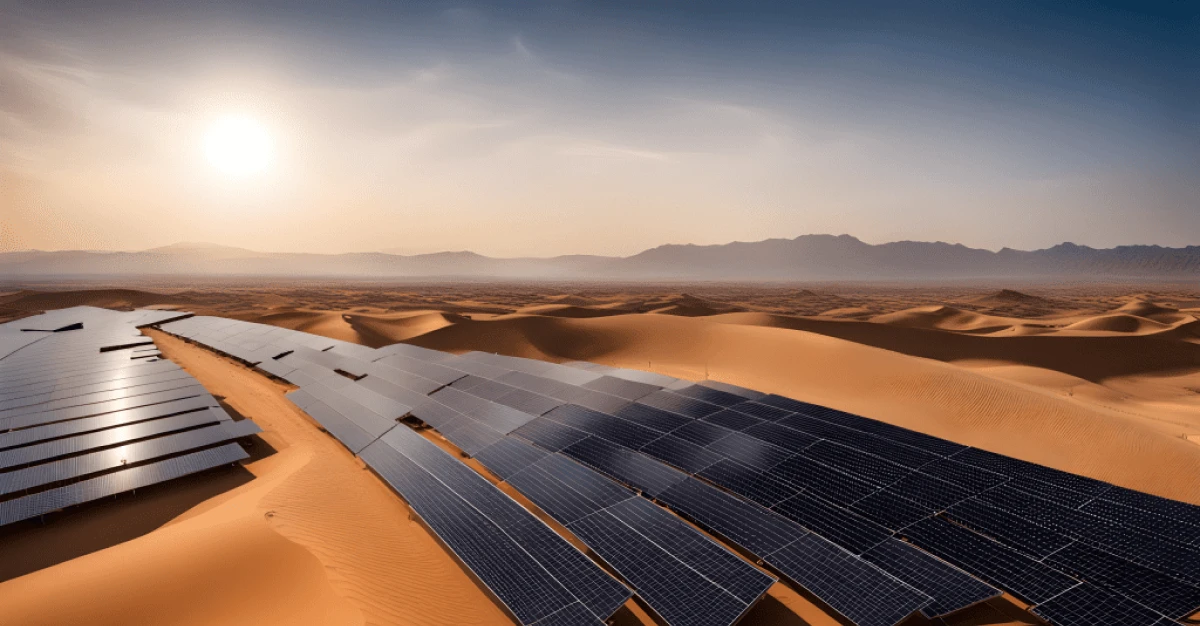
As you know, the PM Surya Ghar Yojna is a significant initiative aimed at promoting solar energy adoption in India. Here’s how it will impact the electricity business-
Increased Solar Rooftop Installations
The PM Surya Ghar Muft Bijli Yojana aims to catalyze solar energy adoption by targeting 10 million households for rooftop solar panel installations. This initiative will lead to a surge in solar rooftop installations across the country, presenting lucrative opportunities for businesses operating in the solar energy sector.
Capacity Addition
Under the scheme, the objective is to add 30 GW of solar capacity through rooftop solar installations in residential areas. This ambitious goal translates to the generation of 1000 billion units (BUs) of electricity over the 25-year lifetime of the rooftop systems. This massive capacity addition will drive demand for the following-
- Solar Panels
- Inverters
- Mounting Structures
- Other related equipment
Thus, it will significantly boost businesses in the solar energy supply chain.
Reduced Carbon Emissions
By promoting solar power generation, Surya Ghar Yojna aims to mitigate carbon emissions. It is estimated that the scheme could reduce 720 million tonnes of CO2 equivalent emissions over the lifetime of the solar systems. This environmental benefit not only aligns with India’s commitment to combating climate change but also enhances the attractiveness of solar energy as a clean and sustainable alternative to traditional sources of electricity.
Business Opportunities
The implementation of the Surya Ghar Yojana has sparked a flurry of business activity in the renewable energy sector. Companies like Tata Power are strategically positioning themselves to capitalize on the growth opportunities presented by the scheme. With plans to cover 20% of the planned capacity under the initiative, Tata Power anticipates significant growth in its rooftop solar business.
The company’s investments in module and cell manufacturing facilities prove its dedication to meet the increased demand for solar products driven by the Surya Ghar Yojna.
Simply put, PM Surya Ghar Muft Bijli Yojana is set to change how we get electricity in India. By encouraging more people to use solar power, it’s opening up new business opportunities and helping the environment too.
(C) Upcoming Challenges
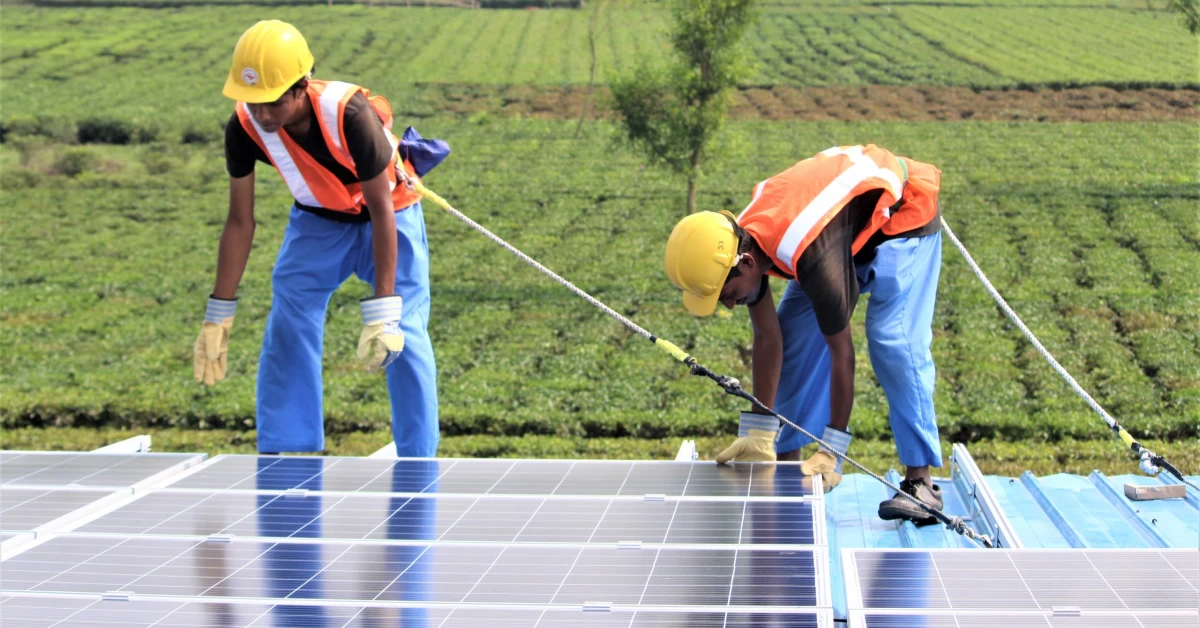
As India moves towards using more solar energy, companies in the renewable energy sector have a chance to grow and be part of this big change in how we power our homes and businesses. But the implementation of this scheme isn’t gonna be a cakewalk. there are some upcoming challenges to consider-
(C.1) Implementation Challenges
Implementing a nationwide scheme like the PM-Surya Ghar Yojana comes with its own set of hurdles. Why? You may wonder.
See, India is vast and diverse, so ensuring smooth installation, maintenance, and monitoring of rooftop solar panels across the country is no easy feat. It’s like coordinating a massive puzzle with pieces scattered everywhere! Plus, getting everyone—state governments, local bodies, utility companies—on the same page is crucial but challenging.
(C.2) Loan Accessibility
Now, let’s talk money. While there are low-interest loan options available for installing solar panels, making sure everyone eligible can easily access these loans is a different story. From dealing with paperwork to meeting eligibility criteria, there are barriers that need to be overcome.
(C.3) Awareness and Education
Ever heard the saying, “Knowledge is power“? Well, it applies here too. Many households might not fully grasp the benefits of rooftop solar or may have some misconceptions about it. That’s why spreading the word and educating people about the perks—like saving money and being eco-friendly—is crucial. Poetically saying- In rural areas, this scheme is like shining a light on something that’s still in the shadows.
(C.4) Net Metering Policies
Here’s where things get a bit technical. Net metering policies need a closer look to ensure everyone gets a fair deal. It’s all about making sure consumers and distribution companies (DISCOMs) are compensated fairly for their energy transactions. Having clear rules on how surplus energy is handled and how billing works is super important.
(C.5) Regulatory Frameworks
Last but not least, let’s talk about rules and regulations. Having clear and stable rules is like having a roadmap—it gives everyone a sense of direction. From getting approvals to meeting quality standards and safety protocols, having transparent guidelines is key. And making sure these rules are consistent across states? It’s like ensuring everyone speaks the same language, boosting confidence for investors.
In a nutshell, overcoming these challenges is crucial for making the PM-Surya Ghar Yojana a success. It’s all about paving the way for a brighter, more sustainable future for India!
(D) Future Prospects
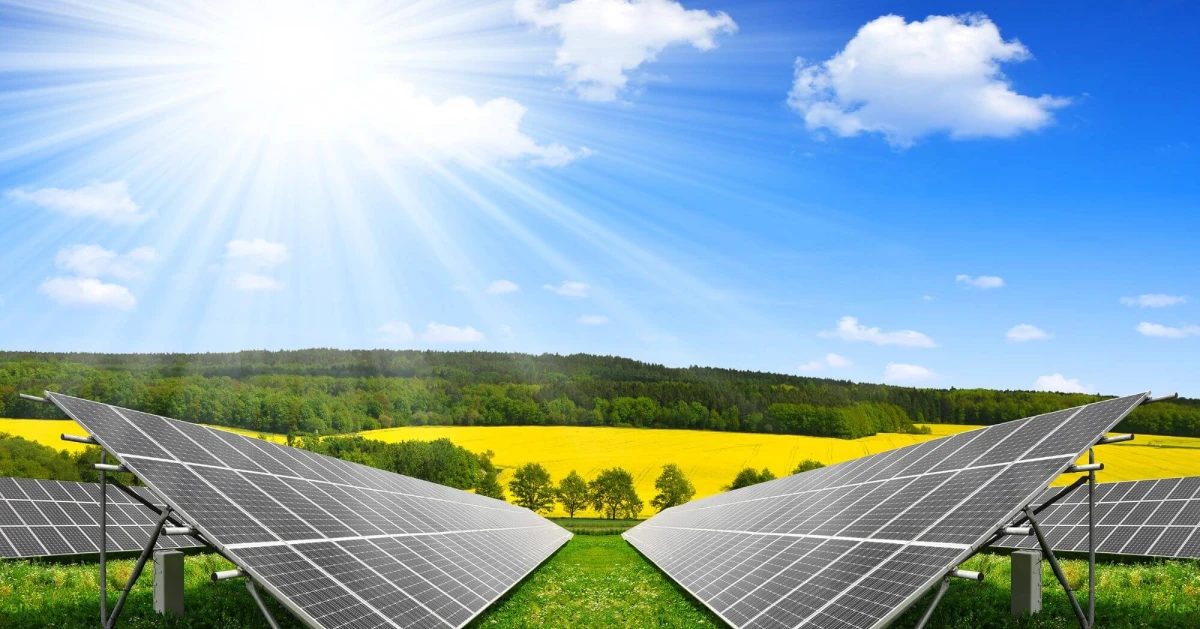
The Surya Ghar Yojna is a significant step toward harnessing solar power and making India more energy-efficient. In other words, it is paving the way for India to become a solar powerhouse. By encouraging more people to install solar panels on their rooftops, we’re getting closer to generating a lot more solar energy.
This means we won’t have to rely as much on other sources of power, making our energy supply more secure. Plus, it puts India on the map as a leader in using clean, renewable energy.
As long as the government keeps supporting the program, and people keep getting excited about solar power, we’re looking at a bright future powered by the sun!

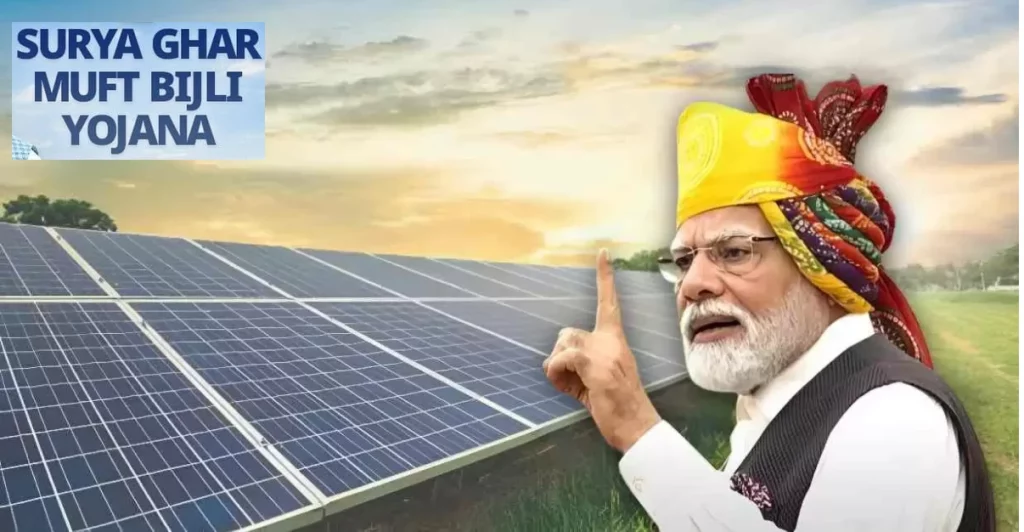
By the way who will cover the cost of solar panels? Govt. or common citizens?
I love in Cherapunji and rarely see sunrays. You know North Eastern rains? I don’t think this solar scheme is beneficial for us ☹️☹️